Olga Rokal: Transforming Play Through Artistic Design
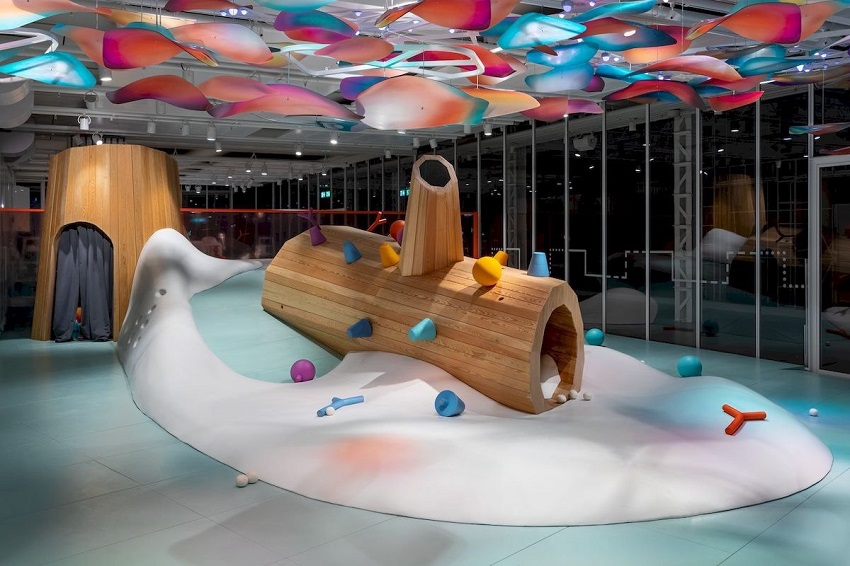
At UTRO Studio, architect and co-founder Olga Rokal has dedicated her career to shaping spaces that spark imagination and bring people of all ages closer together through play. Her latest project, “Atelier Creative Space,” has secured a win in the Public Interior (Educational) category at the 2024 INT Interior Design Awards, celebrating her innovative approach to designing immersive environments for both children and adults.
Project Spotlight: Atelier Creative Space
Created for the V–A–C Foundation in Moscow, “Atelier Creative Space” combines a whimsical “enchanted forest” play zone with a hands-on workshop area influenced by Reggio pedagogy principles. Children can climb, explore, and immerse themselves in a fairy tale–like setting, while parents and adults enjoy open shelves of accessible tools and materials for carpentry, ceramics, and more. Emphasizing creative freedom, artistic collaboration, and robust safety considerations, this unique project redefines what a public, educational interior can be.
Interview with Olga Rokal
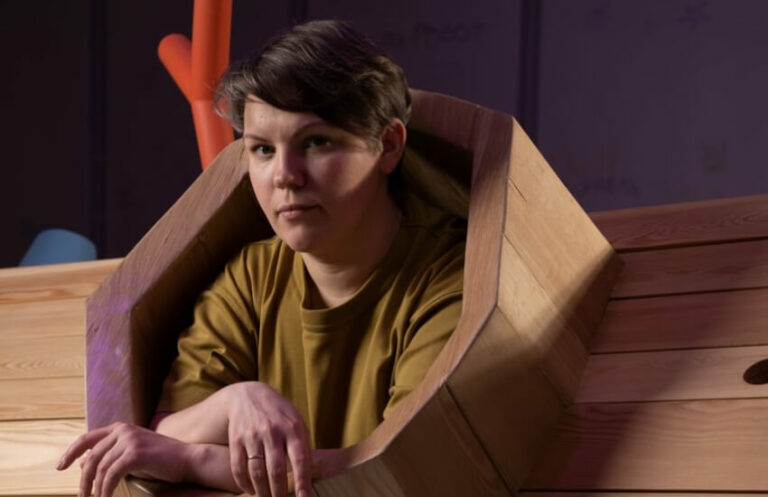
1. How did your journey into architecture and design shape your focus on play spaces?
Olga Rokal: My journey into design and architecture, specifically in creating play spaces, began over 15 years ago. It started with working closely with children to create contemporary art objects, where they were involved in every stage of the process—from conception to execution—and thus became true authors of these works. This collaborative process shaped my understanding of creativity and remains a deeply important, valuable foundation of my practice.
Over time, I became involved in large-scale, transformative urban projects within architectural firms, focusing on the play infrastructures that redefined city landscapes. One notable example was creating a playground in Bauman Garden in Moscow. Today, as part of our UTRO Studio, I continue this work and have become one of the leading specialists in play spaces and child engagement in the country. My expertise spans both indoor interiors and outdoor public spaces, and our studio often delivers unique, unconventional projects. For instance, when designing for residential complexes, we collaborate with artists to create play areas that aren’t just functional but also offer children environments where they genuinely want to play, all grounded in behavioral research on play.
This rich experience has shaped my principles. For me, the core focus is always the play itself: how it’s structured and how it can truly engage children, bringing them joy and a sense of immersion. Equally important is creating spaces that foster meaningful interactions between children and their parents. Cultural institutions in our country often overlook children in their programming, especially larger institutions focused on art. While there may be small designated play areas, the lack of genuine dialogue and engagement with children is a missed opportunity. For a child to interact with a piece of contemporary art—climbing on it, exploring it at the age of five or six—is a uniquely valuable experience that bridges art and play. Finally, I strive to create objects that hold artistic and cultural value, ensuring that play spaces are not only functional but also meaningful and inspiring from an artistic perspective.
2. What inspired your vision for Atelier Creative Space?
Olga Rokal: The initial brief for the project was to design a space for a new cultural institution divided into two zones: one resembling a cozy grandfather’s garage filled with intriguing artifacts—essentially a workshop area—and another dedicated to free children’s play. Given that the V–A–C Foundation focuses on contemporary art, it was evident we needed to collaborate with an artist.
We aimed to create a play area where children could spend time freely and a nearby workshop zone where both children and adults—whether with their kids or on their own—could enjoy meaningful and creative experiences. A key aspect of our approach was to make all the materials and tools in the workshop area easily accessible, which led us to include open shelves where children can independently take and explore anything that catches their interest. This encouraged curiosity and self-directed play.
We were fortunate to have significant creative freedom and a supportive curator, which inspired us to collaborate with an artist to turn the play area into an artistic masterpiece—a whimsical, immersive world unlike anything else.
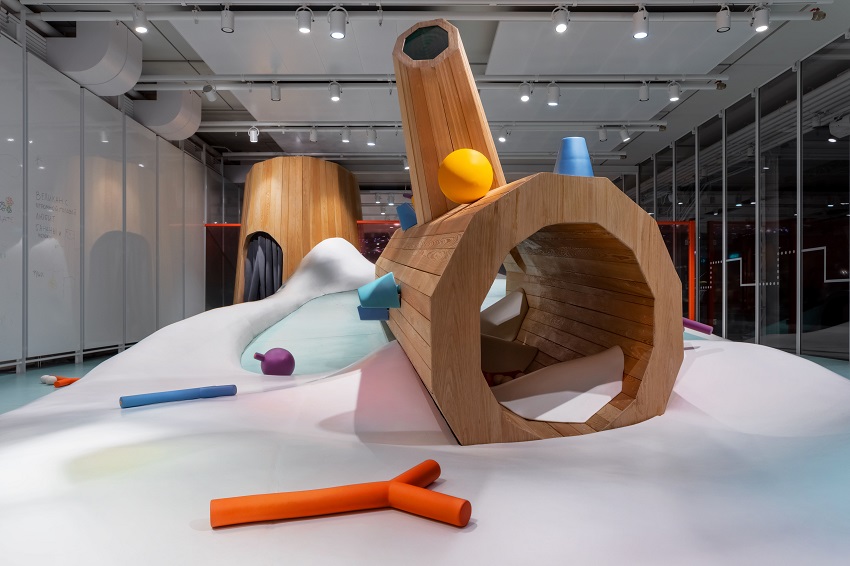
3. What challenges did you face while bringing this project to life?
Olga Rokal: One of the main challenges we faced was collaborating with an artist to develop the project. Balancing the artistic vision with safety regulations for play spaces proved to be complex. Reconciling creative concepts with strict safety standards required extensive collaboration using a workshop-based approach. As an architect, I didn’t simply implement the artist’s ideas—I had to reinterpret them, translating the artistic intent into a safe, tangible, and fully realized space.
Another significant challenge was sourcing the right materials for Atelier Creative Space, as it is a unique project with no direct analogs. The materials had to be durable and vandal-resistant. Unlike factory-made play equipment, which is pre-tested and certified for durability, custom-designed elements require everything to be chosen, tested, and evaluated from scratch. We had to anticipate the lifespan of the equipment ourselves, considering the heightened wear and tear that comes with the popularity of such a distinctive space among children.
4. What sparked your passion for interior design, and how has your creative journey evolved?
Olga Rokal: One of my biggest motivations is the joy of being able to engage with these spaces myself. I find it incredibly fascinating. As an adult, it’s not always socially acceptable to climb and explore play areas with the same enthusiasm as children—it just seems out of place. But as the designer or architect, I have the unique privilege of fully immersing myself in these spaces without hesitation.
I also genuinely enjoy the process of creation. I love everything about building and assembling these spaces—from the conceptual phase to the physical construction and installation. Understanding how to design spaces that inspire true playfulness is deeply rewarding. Another key element is collaborating with artists to ensure the spaces hold significant artistic and cultural value, making each object stand out as a work of art in its own right.
This combination of creativity, play, and collaboration keeps my passion alive and continuously evolves my approach to design.
5. How would you describe your design philosophy?
Olga Rokal: At the core of my philosophy is the principle of phenomenality—creating spaces or objects that evoke a sense of wonder and surprise, delivering a real “wow” effect.
Much of my inspiration comes from childhood and the world around us. Over the years, I’ve developed the habit of noticing small details in everyday life that can later be reflected and incorporated into architectural projects. This could be anything from animated films, books, and plays I experienced as a child to things I now enjoy with my son. My memories, combined with those of my friends and colleagues, often become a rich source of creative ideas.
When designing Atelier Creative Space, we emphasized phenomenality and uniqueness. It’s not intended for everyday use like a standard playground in a yard; it’s meant to be strange, captivating, and transport visitors to another world. Creating these “otherworldly” environments is a key aspect of my approach.
Additionally, as an educator with a solid understanding of child psychology, I integrate essential play principles like the concept of a “play loop” or “activity loop,” allowing for endless routes and uninterrupted engagement.
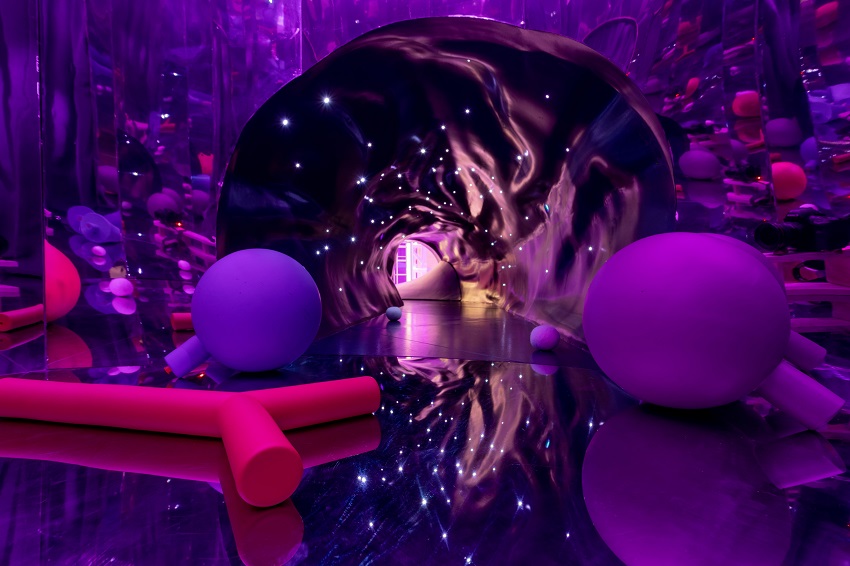
6. Which project holds the most personal significance for you, and why?
Olga Rokal: Without a doubt, Atelier Creative Space. It holds a special place in my heart because I can use it myself, together with my child and as a citizen. That personal connection is incredibly meaningful to me.
7. How do you ensure your designs stay relevant and innovative?
Olga Rokal: With my background in education and a teaching degree, I dedicate significant time to studying contemporary research on play behavior and its role in development. My interest extends beyond children to include the play behavior of adults as well. For example, I explore pedagogical and psychological materials from organizations like The National Institute for Play.
In addition, I actively participate in tactical urbanism and participatory projects with teenagers and young adults across the country. This collaborative approach provides valuable insights into the psychology of play and helps me gather best practices for designing engaging environments for children.
8. How do you balance your client’s needs with your creative vision?
Olga Rokal: Each client brings their own values, and many who come to work with me see a play environment as a unique selling point that enhances the entire space. It’s crucial to align with the client on core values. When we share the goal of creating a remarkable play-driven environment that inspires exploration, collaboration goes smoothly.
My approach is well-known in the market, and clients typically seek me out specifically for this vision. If they wanted a standard, off-the-shelf solution, they wouldn’t approach me in the first place. This mutual understanding ensures that my personal style and expertise complement their needs, resulting in spaces that are both innovative and aligned with their goals.
9. How does it feel to have received an INT Interior Design Award?
Olga Rokal: For our studio, participating in and being recognized by such a prestigious international award as the INT Interior Design Award signifies that our approach to creating innovative play spaces stands out in the market and is valued. This recognition inspires us to continue exploring and developing this field, uncovering new insights to further enhance play infrastructure for children. It’s a meaningful milestone that motivates us to push boundaries and create even more impactful designs.
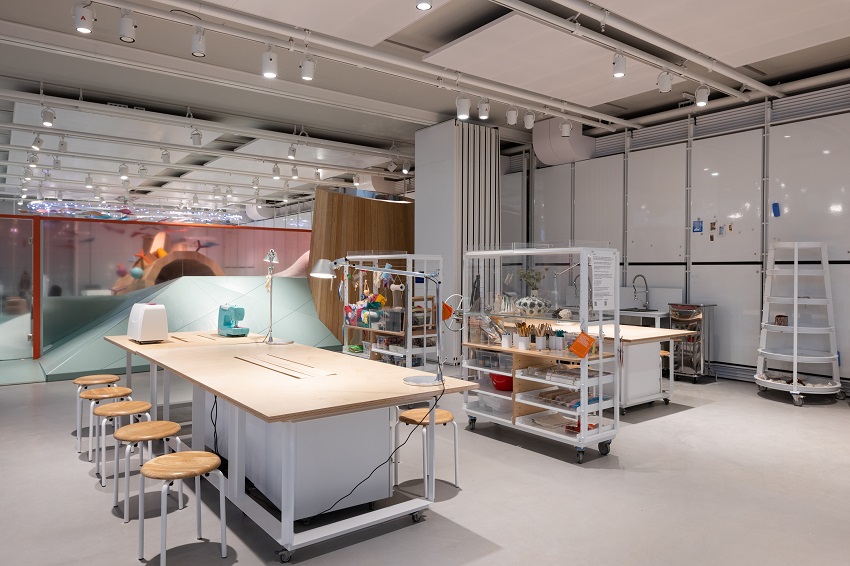
The Impact of Olga Rokal in Design
By focusing on the interplay of art, play, and emotional well-being, Olga Rokal redefines how we conceive public interiors. Her award-winning work on “Atelier Creative Space” proves a space can be functional, educational, and enchanting all at once—inviting children and adults to explore new dimensions of creativity and collaboration. Her journey is an inspiration for designers worldwide, reminding them that playful innovation and thoughtful design can make a lasting impact on communities.
____
Check out other inspiring projects:
INT Interior Design Awards Winners
UTRO Architectural Studio: Official Website
